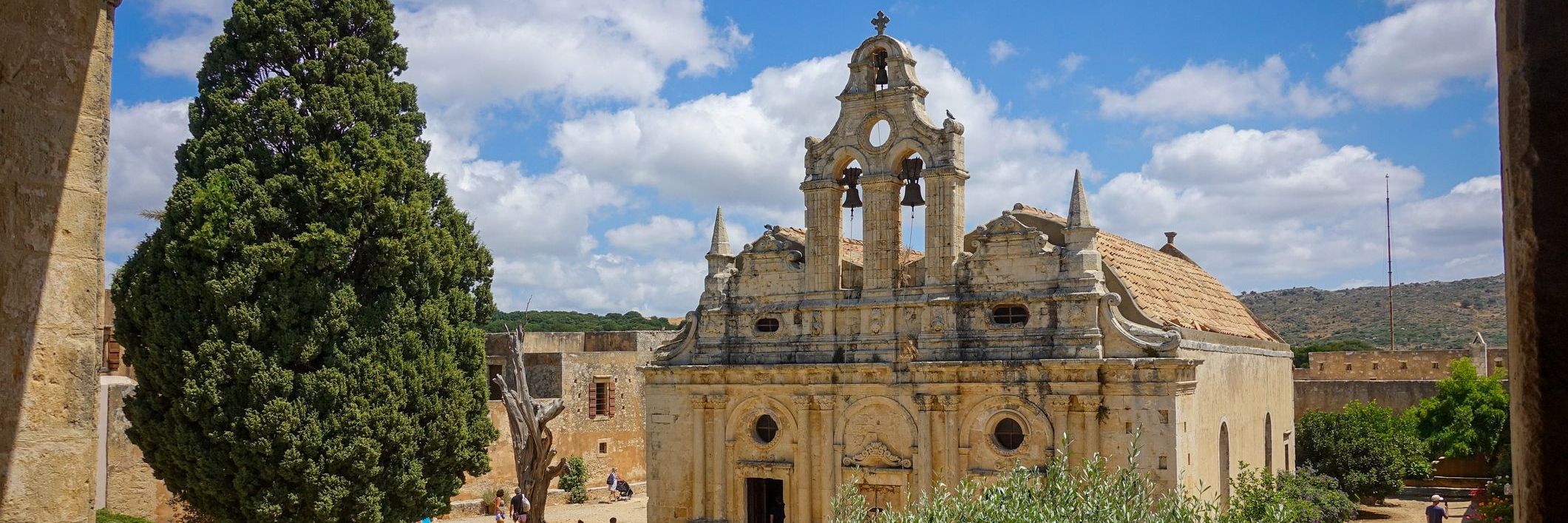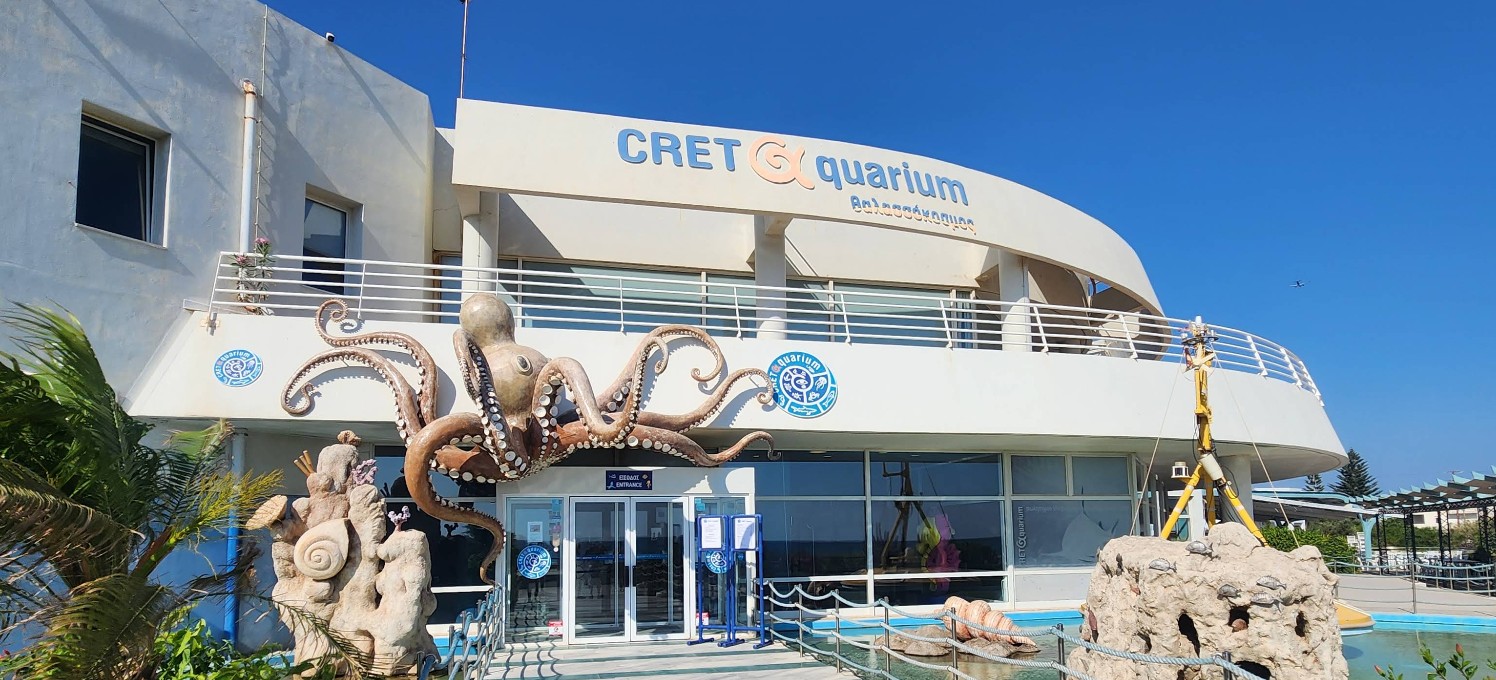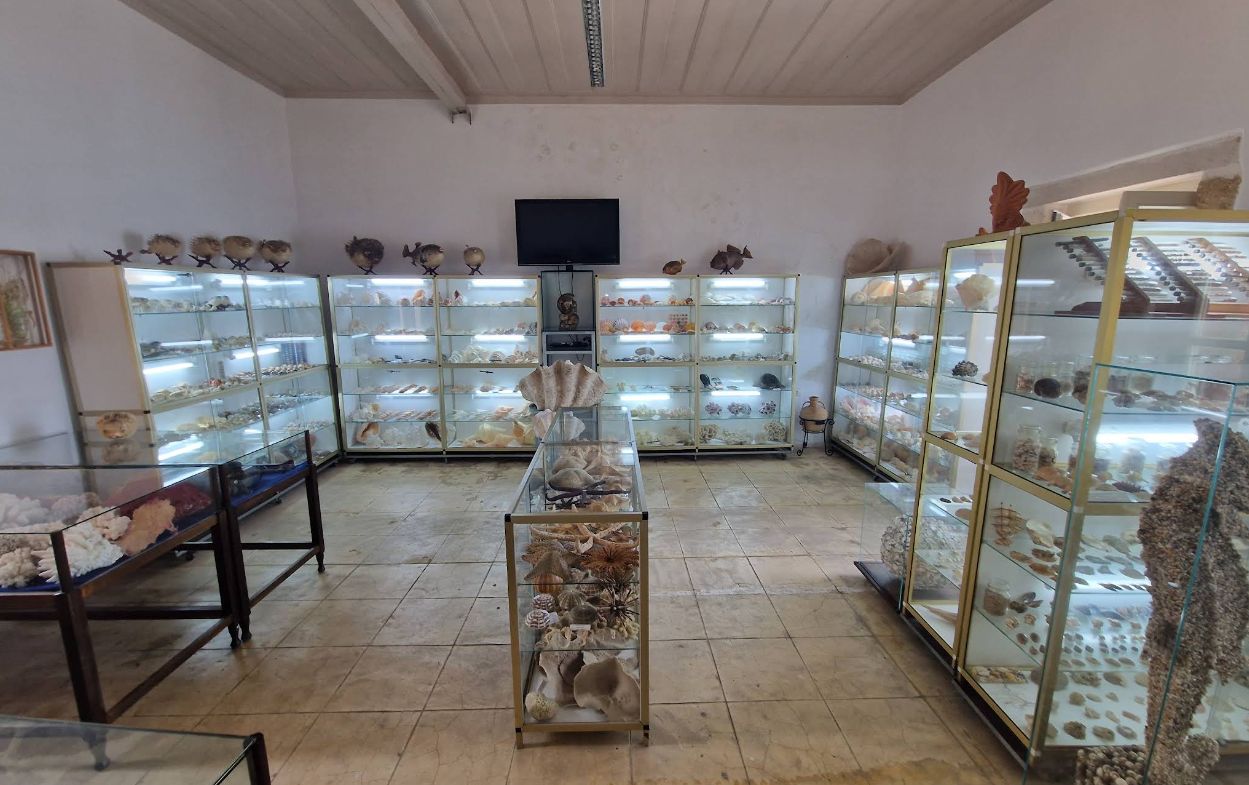The Maritime Museum of Crete is located on the western edge of Chania’s Venetian harbour. It’s located within the historic Firkas Fortress and showcases items from the Bronze Age to significant naval moments of World War II. In this Maritime Museum, you can explore ship models, naval relics, marine life, and more.
Join us in this article as we explore this cultural museum in Chania and share all the important details you need to plan your journey.
Where is the Maritime Museum of Crete?
The Maritime Museum of Crete is within the iconic Firkas Fortress, at the entrance of the Old Venetian port along Akti Kountourioti in Chania. The museum holds additional historical significance, including events that took place on December 1, 1913, when the Greek flag was raised there to mark Crete’s union with Greece.
How to get to the Maritime Museum of Crete?
The museum is located by the promenade and is easily accessible from the old town. Here are a few ways of getting to the museum.
1. Walking: From Chania’s Old Town, the museum is a short stroll along the promenade.
2. Bus: Local buses servicing Chania stop close to the harbour; check stops near Venetian Harbour.
3. Car: If self-driving, drop-off and paid options of parking options are available in central Chania near the harbour.
4. Taxi: A cab can drop you off right at the museum’s doors.
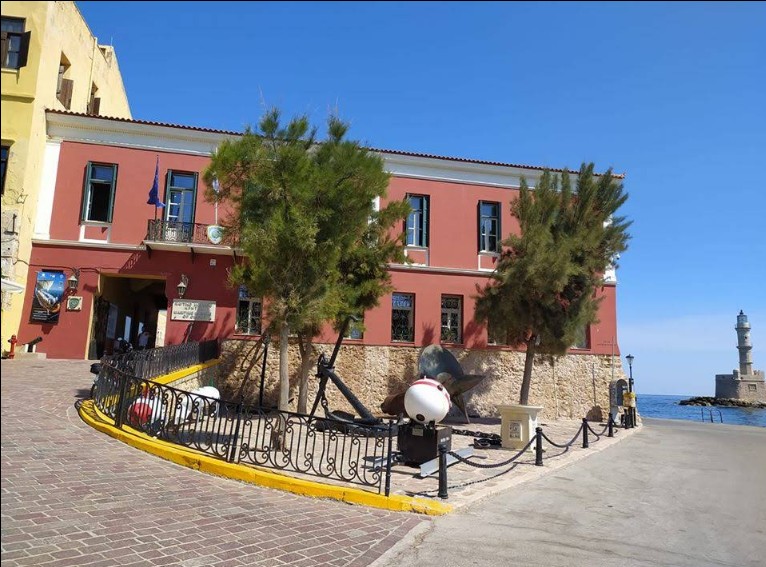
What to see at the Maritime Museum of Crete
Inside the Maritime Museum of Crete, you can explore a variety of exhibits over the two main floors, plus a satellite branch.
Ground floor of the Maritime Museum
First, you will be greeted by models of ancient ships, including Bronze Age vessels, triremes, biremes, and Roman-era boats. Each model is accompanied by information and archaeological context. Moving along, the exhibition features an impressive scale model of the fortified town and harbour as it was during Venetian rule. The floor is complete with shipbuilding and repair structures, as well as a crafted rowing ship model. To finish off, there is also a natural marine section with seashells, sea sponges, corals, fossils, and preserved fish specimens.
First floor
The first floor has more modern Hellenic Navy ships, including destroyers, missile boats, and landing craft carrying troops and vehicles. You can then step into a complete destroyer bridge and examine torpedo propulsion systems. Finally, a dedicated section on the Battle of Crete (1941) is displayed through photographs, naval maps, weapons, historic uniforms, and poignant relics that tell the story of this important war event.
Minoa ship & Moro shipyard
At the Moro Shipyard, on the harbour’s eastern end, you can see the Minoa. This is a reconstructed 17 m-long Minoan-era rowing ship built between 2001 and 2004.
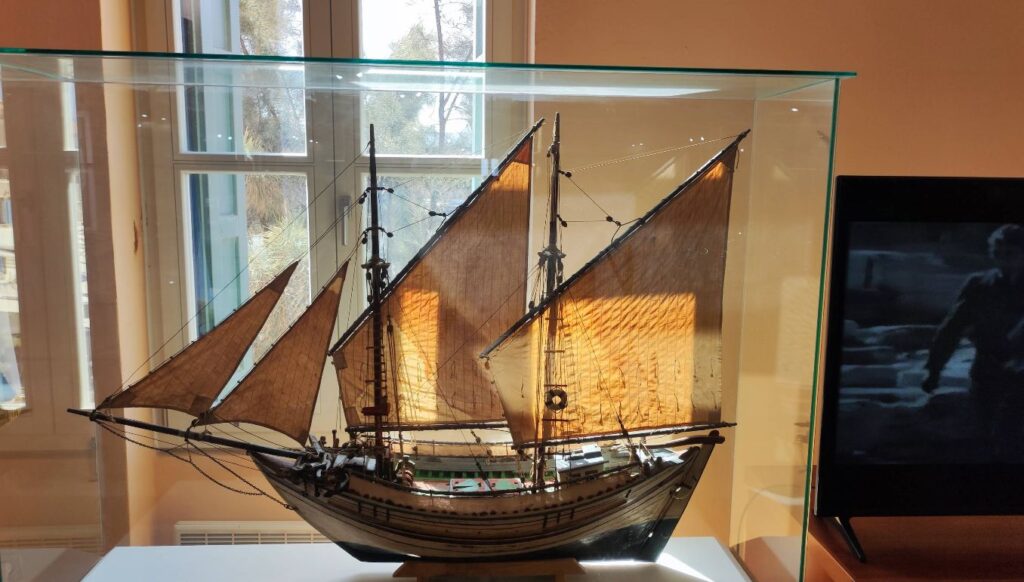
History of the museum and its collection
Established in 1973, the Maritime Museum of Crete continued to grow over the years to display over 13 themed exhibition rooms across two floors.
The location, the Firkas Fortress, has its own maritime heritage and national symbolism. As it is positioned at the harbour’s entrance, it was a defensive stronghold for many years and later, a symbol of Crete’s Enosis (union with Greece) in 1913.
Practical information: Prices, timetables and more
Opening Hours
- Peak season (May–October): daily 09:00 am – 5:00 pm; Sundays open 10:00 am – 6:00 pm. Please note that the last entrance is at 3:30 pm.
- Off-season (November–April): daily 09:00 am – 3:30 pm; closed Sundays.
Ticket Prices
- Adults: around €5
- Students/seniors: €4
- Children up to 6: free.
Tips for Visiting
- Plan for a roughly 1-hour visit.
- Arrive early to avoid crowds; Thursdays through Saturdays are typically busiest.
- Great choice for families as it has interactive displays and natural specimens for children to explore.
Remember: As pricing and timetables are subject to change, make sure you check the official museum website for details before your visit.
Permanent Exhibition of Ancient and Traditional Shipbuilding: Hours and Tickets
The Permanent Exhibition of Ancient and Traditional Shipbuilding is open daily from May to the end of October, from 09:20 am to 4:00 pm. It remains closed on Sundays and public holidays. Tickets cost €4 for adults and €3 for children and students. Minoan Lines Bonus Club members benefit from a reduced ticket price of €3 and a 10% discount in the museum shop, valid upon presentation of their membership card.
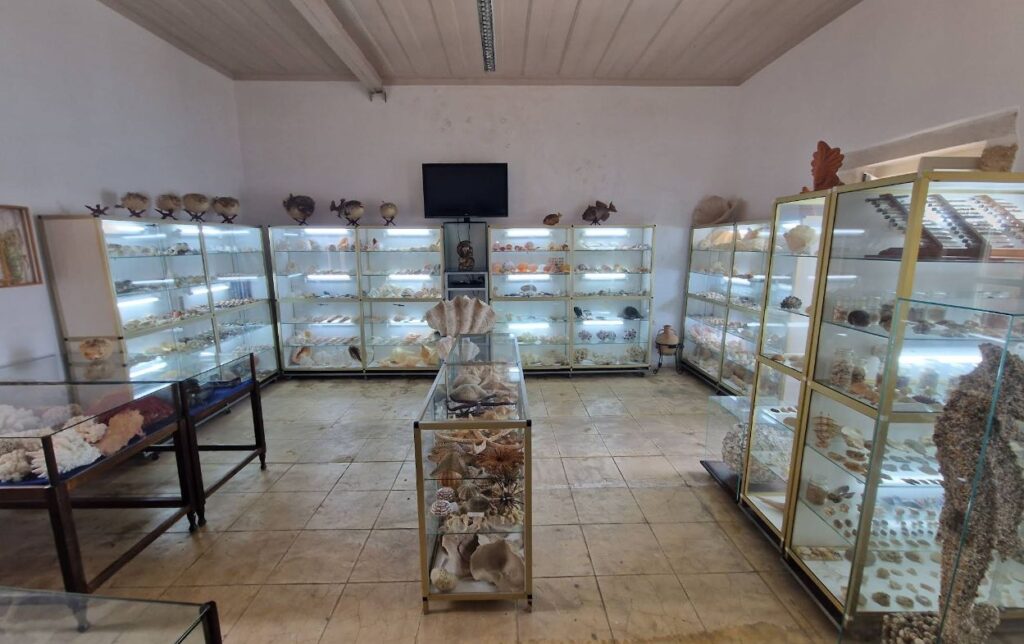
Nearby places in Chania to visit
After your museum visit, there are still plenty more things to discover in Chania:
Old Venetian Harbour & Lighthouse
The harbour and Venetian lighthouse on the waterfront are one of Chania’s most iconic landmarks. It’s perfect for a leisurely stroll after visiting the museum. The 16th-century lighthouse and colourful harbour buildings are the perfect place to take memorable pictures and watch the sunset.
Chania Old Town
This area is famously known for its narrow streets filled with Venetian, Ottoman, and Neoclassical architecture. It’s packed with cultural attractions, boutique shops, and cosy cafés.
Chania Archaeological Museum
Housed in a former Venetian monastery, this museum displays artefacts from Crete’s ancient past, including Minoan pottery, Roman mosaics, and Byzantine relics.
The Great Outdoors
If you love nature and plan on spending some extra time in Chania, these destinations have great hiking trails and watersports. The Botanical Park is ideal for a peaceful stroll through exotic plants, Samaria Gorge is one of Europe’s most famous trekking routes, and Balos and Elafonissi beaches are world-renowned for their turquoise waters and white sand.
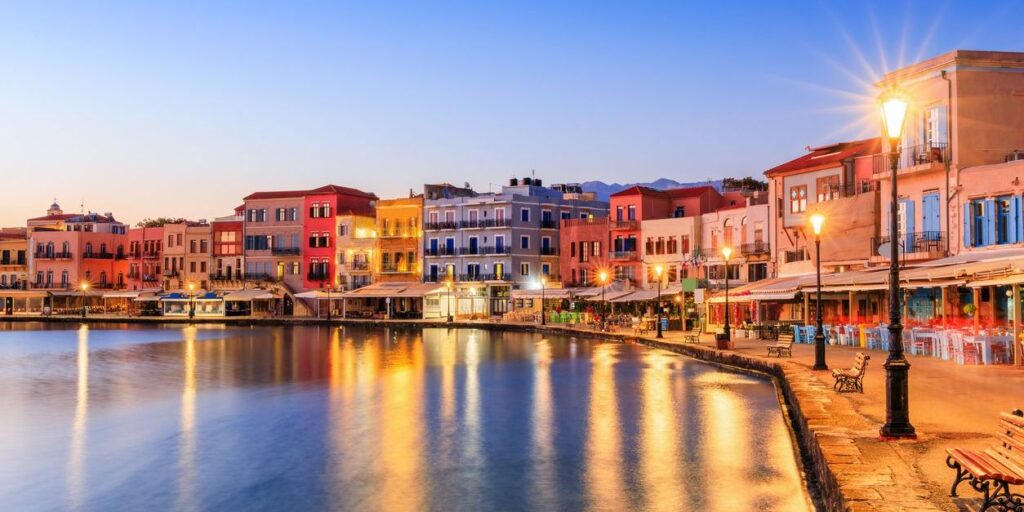
Why you should visit the Maritime Museum of Crete
The Maritime Museum of Crete might be small, but it’s full of displays and exhibits. You’ll walk through millennia of maritime history, from Minoan vessels and Venetian fortifications to WWII naval battles.
Its well-curated exhibits, hands-on artefacts, and accessible layout make it an educational stop and a fun stop as you discover Chania.
Looking for a great place to stay nearby? Oreo Travel offers excellent accommodation options in Chania with centrally located apartments just steps away from the Maritime Museum of Crete.



